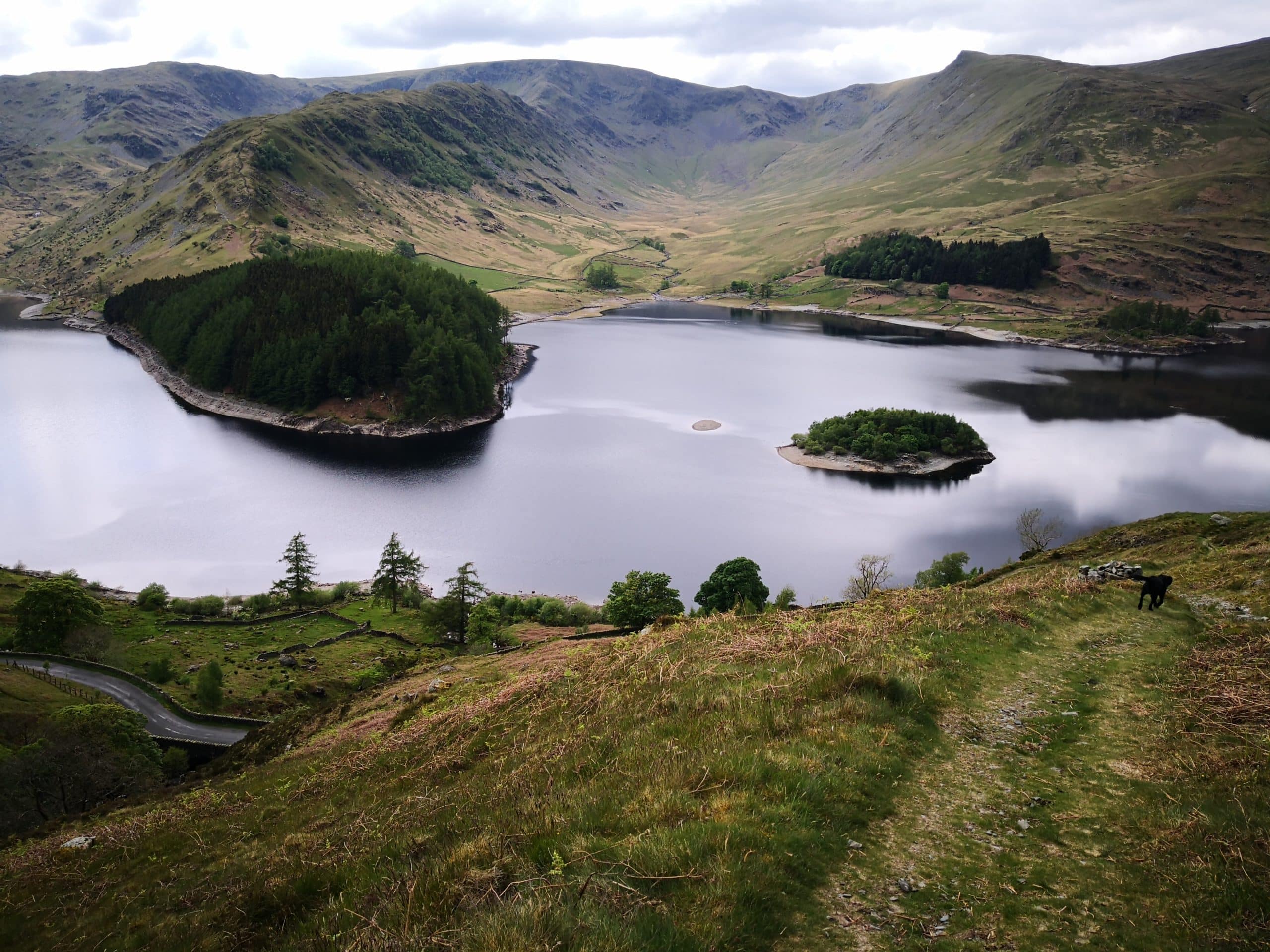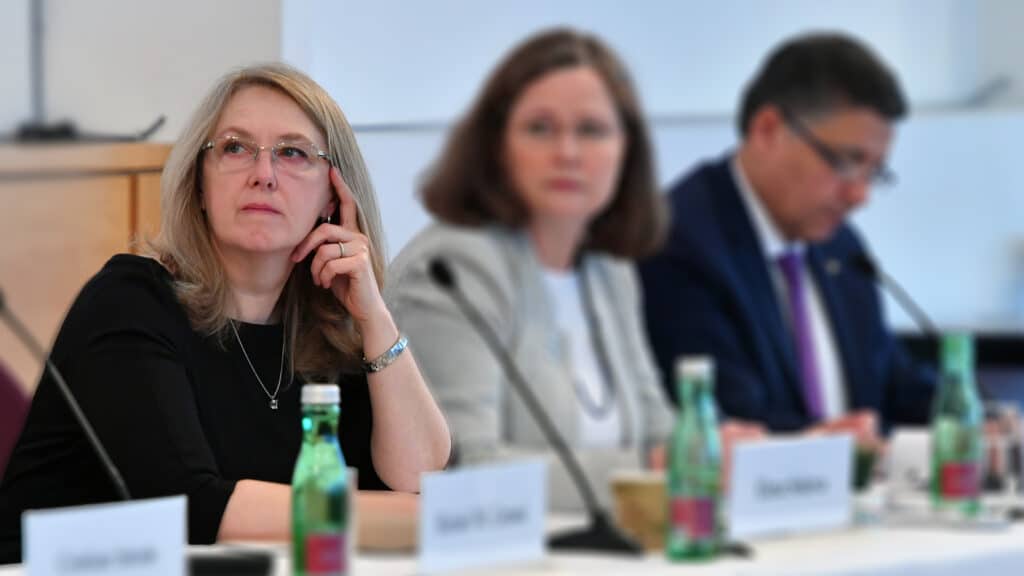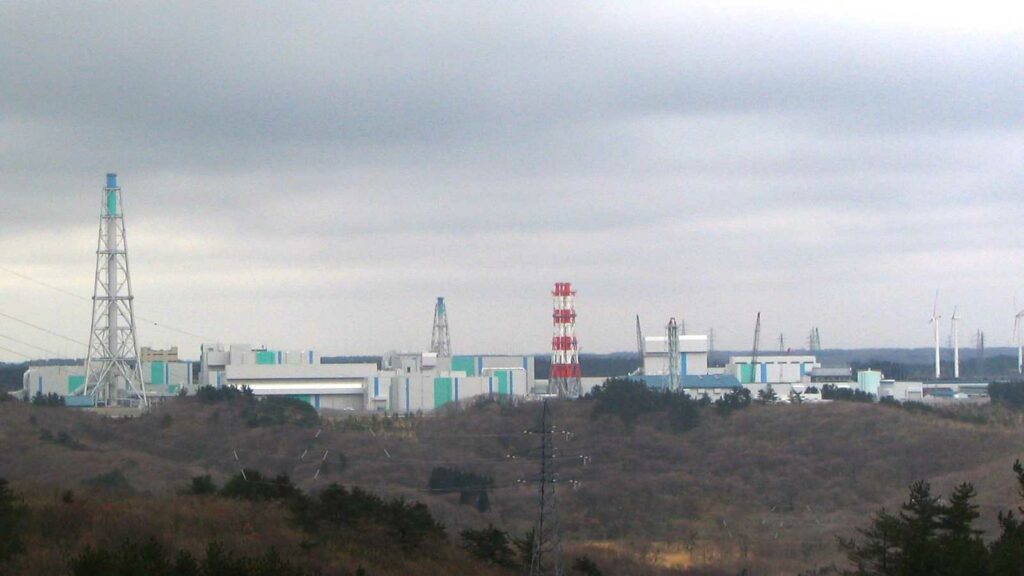Why I want to live near a Geological Disposal Facility


Laura Leay, Ph.D. – Scientist and podcaster with a background in nuclear energy and waste, computational chemistry, carbon capture, materials, and academia.
In December 2018 the UK government announced a call to action: it asked communities to volunteer to host a national radioactive waste disposal facility. The facility will provide many benefits to the host community such as secure jobs, investment in infrastructure and extra funding for community led initiatives. So far, four communities have come forward to start discussions: Allerdale, Copeland, Hartlepool and Theddlethorp. Some of these communities have started identifying areas where they would like to look for a potential location for the facility.
Each of these communities has good reasons for stepping forward. Copeland is home to Sellafield, the historic nuclear site that currently houses most of the UK’s nuclear waste. Allerdale is the next door to Copeland so is also familiar with nuclear waste. Hartlepool and Theddlethorp both have an industrial heritage so have some familiarity with the intricacies of dealing with a project on the scale of constructing and operating a geological disposal facility. I’m a northerner; I grew up in the north east of England and I recognise the strengths of these communities and the benefits that hosting the facility would bring to them.
The facility will take a long time to construct and it will be deep underground which is why it’s being called a geological disposal facility. Before construction can even be considered, the first stage is for the organising that is managing the waste to talk to the communities and find out what sort of concerns they may have. A quick search of news stories suggests that many people may be concerned about disruption during the construction phase, or about hazardous waste being ‘dumped’ in their community. There many also be concerns about radiation but for me, living near a geological disposal facility is an attractive option.
The UK nuclear industry has amazingly high standards. The amount of radiation that the industry produces is well understood and the radioactive material is tightly controlled. Delivery of waste to the facility will be done using specifically designed, shielded transport containers backed up by calculations which show that the amount of radiation emanating from the transport container would be low. I would see less radiation from the waste than I would see from a standard medical procedure such as an x-ray. The facility will also be highly engineered to lock the waste safely away for hundreds of thousands of years. This won’t be a waste dump; it will be one the most impressive construction projects I’m likely to witness.
Creating an amazing feat of science and engineering
The waste is being carefully prepared to meet some very strict criteria. Liquid waste is converted into a solid material and encased in a stainless steel container while solid waste is formed into large, strong blocks. This is the first step in ensuring that the waste is safe to handle. After several decades of moving the waste into the facility, it will be sealed shut; the waste will be entombed deep underground, far enough away from the surface so that even the most penetrating radiation it emits, gamma rays, won’t reach us. Here it will remain, the radioactivity slowly fading away until all that remains are some heavy metals. This process of natural radioactive decay will take centuries and a lot of research is being done to understand how the waste, and the facility, may change over such a long time. The overall aim of all of this research is to design a facility that will be able to cope with these changes and it involves a huge number of researchers who are uncovering the secrets of chemistry, geology, and the effect of radiation in a whole range of materials. The scientific advances they will make could have untold benefits.
We know that water will seep through rock deep underground so, while the waste is being placed in the facility, pumps will be used to keep the excavated vaults dry. Once the vaults have been filled they will be packed with specifically designed clay and access to the vault will be sealed. Water seeps through porous soil and rock at a rate of about 3 meters per year so eventually, this groundwater will start to seep into the clay packed around the waste. I’m a scientist and I’m impressed with work that goes to great lengths to prove that something will work. A recent study has shown how important this clay is; the study pressed a piece of glass, representing the most radioactive waste, against some steel and then submerged it in water that contains both dissolved oxygen and sodium chloride (table salt). The study found that the glass dissolved more quickly than in previous studies which focussed on the glass alone: the small gap between the glass and the steel created a crevice were corrosion could accelerate. In contrast, the clay that will be used in the UK will remove oxygen from the water and will minimise corrosion by modifying the pH of the water. As a secondary measure, it’s also been designed to filter any particles that may eventually be released from the waste. So much effort has been made by scientists to create this clay and it’s reassuring to know that so many experts have contributed to something which will ensure that the waste will be locked away.
So what would it be like to live near the disposal facility?
Some building will be constructed at the entrance to the underground facility and they will be offices and larger buildings that may look like warehouses. Lorries and trains will come and go, offloading their cargo. It will probably resemble a large-scale delivery depot surrounded by a fence and patrolled by security guards. For sure, I’ll see people and vehicles moving around, but if I can’t see the radiation, is that worrying? It’s worth remembering that we come in to contact with radiation and radioactive things in our daily lives, we’re just not aware of it. Radiation is naturally given off by rocks which contributes to natural background radiation. On a transatlantic flight I would be exposed to more radiation from space compared to when I’m on the ground. In contrast, I’m unlikely to come across radioactive waste because of the way that it’s packaged and managed.
Hosting a disposal facility for radioactive waste will come with some major benefits. Not only will it create jobs, but millions of pounds worth of extra funding will be available for things like community projects. I’d love to see some community gardens, more sports and leisure facilities, and an investment in my local library so this extra funding could make a huge positive difference to my way of life. Of course, transporting the waste will mean that the right infrastructure needs to be in place. This could involve upgrades to the train line and to the roads; any extra traffic to the facility is likely to be offset by these improvements.
The economic and social benefits of hosting a geological disposal facility are a big part of why four communities have stepped forward so far. There’s also a less tangible reason: to be the heroes that stepped up with a solution to a long-standing challenge. Scientists and engineers have been working for decades to research different options and come up with a perfect, highly developed solution for managing radioactive waste but it will take an entire community to solve the final piece of the puzzle: where to put it.
Share this article
Related articles
Help us grow and achieve your potential at a values-driven business.




